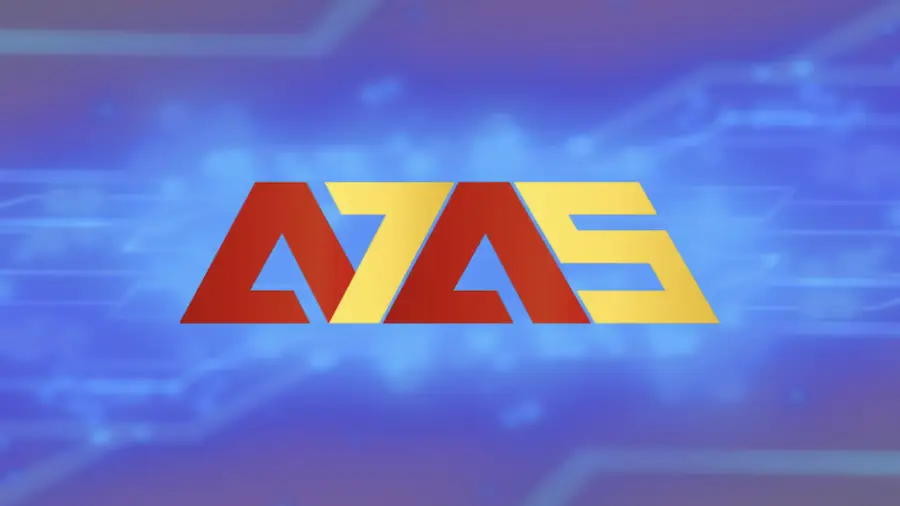Two telescopes spotted the closest pair of supermassive black holes known to scientists so far. The pair, just 300 light-years away, were observed in different wavelengths of light using NASA’s Chandra X-ray Observatory and the Hubble Space Telescope.
While black holes are invisible against the dark void of space, these two shine brightly as the gas and dust they feed on is accelerated and heated to high temperatures. Both celestial objects, which circle each other, are known as active galactic nuclei.
Active galactic nuclei are supermassive black holes that release bright jets of material and strong winds that can shape the very galaxies in which they are found.
The black hole duo is the closest pair found in visible and X-ray light. While other pairs of black holes have been observed before, they are usually much farther away. Astronomers discovered these black holes dancing around each other at the center of a pair of colliding galaxies called MCG-03-34-64, 800 million light-years away.
Astronomers stumbled upon the black holes when Hubble observations revealed three bright spikes of light within the luminous gas of a galaxy. They published their discovery on Monday (9). in The Astrophysical Journal.

“We didn’t expect to see something like this,” said the study’s lead author, Anna Trindade Falcao, a postdoctoral researcher at the Harvard & Smithsonian Center for Astrophysics in Cambridge, Massachusetts, in a statement. “This sight is not a common occurrence in the nearby universe, and it warned us that there is something else going on inside the galaxy.”
Magnifying the bright cosmic lights
The team was intrigued when Hubble picked up three optical diffraction spikes in a concentrated region of the galaxy MCG-03-34-64. Diffraction spikes appear when light from a small cosmic region bends around the mirror inside the telescopes.
The Hubble observations were made in optical light, which is visible to the human eye, but astronomers weren’t sure what they were seeing. Falcao’s team took another look at the galactic region with the Chandra X-ray Observatory.
When scientists observed the galaxy using Chandra, they were able to spot two powerful sources of X-ray light that matched the optical light sources detected by Hubble, Falcao said. “We put these pieces together and concluded that we were likely looking at two very close supermassive black holes.”
The team also consulted archival observational radio wave data collected by the Karl G. Jansky Very Large Array of radio telescopes near Socorro, New Mexico. The black hole duo was also found to be releasing energetic radio waves.
“When you see bright light at optical, X-ray and radio wavelengths, many things can be ruled out, leaving the conclusion that they can only be explained by nearby black holes. When you put all the pieces together, it gives you the picture of the double [de núcleos galácticos ativos]”, said Falcao.
Meanwhile, the third diffraction spike observed by Hubble has an unknown origin, and the team needs more data to understand what it could be. The source of the light could come from gas that was hit by an energetic release of material from one of the black holes.
“We wouldn’t be able to see all these complexities without Hubble’s incredible resolution,” Falcão said.
Astronomers have observed pairs of black holes closer than these two using radio telescopes, but these pairs have not been observed in other wavelengths of light.
Both supermassive black holes once served as the centers of their respective galaxies, but a galactic merger has brought the two objects much closer together. Eventually, their close spiral will result in a merger about 100 million years from now, according to NASA, causing an energetic release of gravitational waves, or ripples in the fabric of space and time.
These gravitational waves created by the collisions of supermassive black holes could be detected in the future by LISA, the Laser Interferometer Space Antenna mission led by the European Space Agency, which is scheduled to launch in the mid-2030s.
This content was originally published in Pair of black holes dancing around each other is discovered by NASA on the CNN Brasil website.
Source: CNN Brasil
Charles Grill is a tech-savvy writer with over 3 years of experience in the field. He writes on a variety of technology-related topics and has a strong focus on the latest advancements in the industry. He is connected with several online news websites and is currently contributing to a technology-focused platform.







